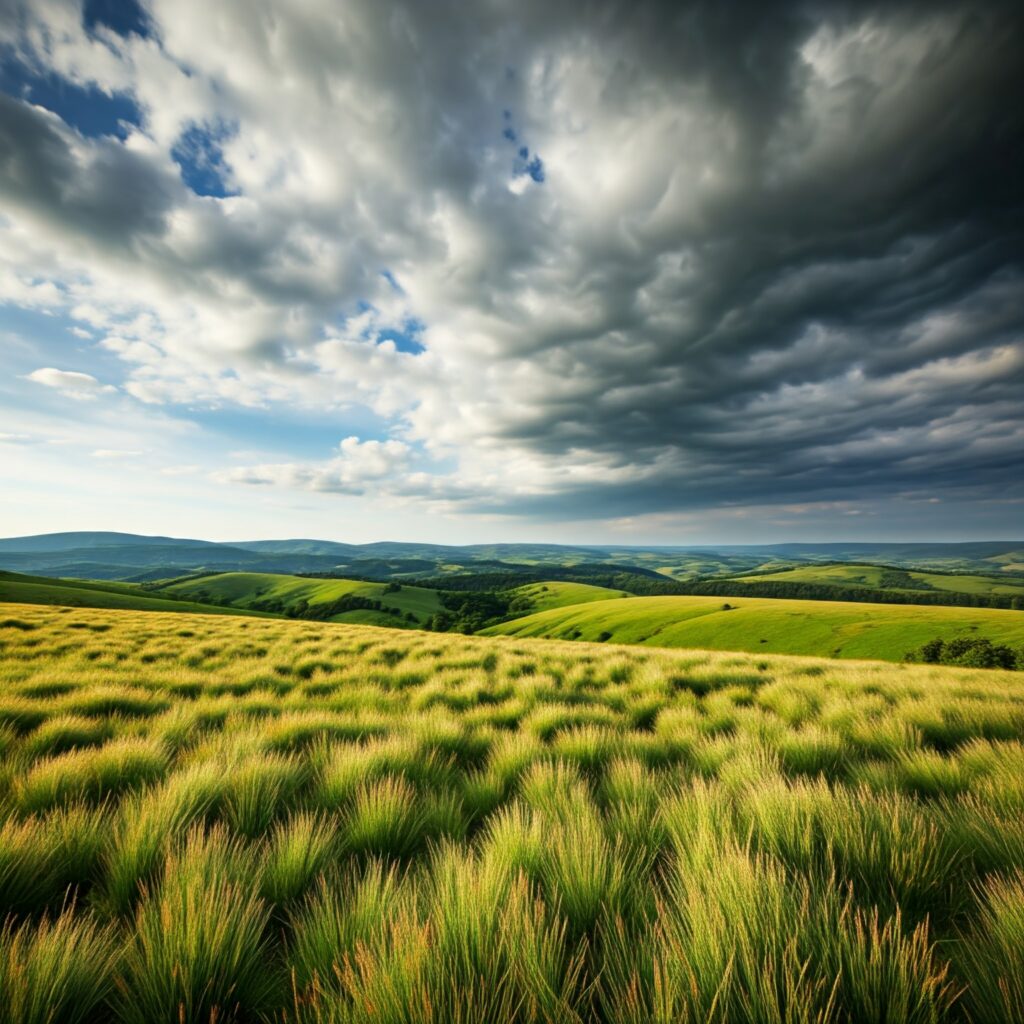HAPPY FALL Y'ALL! --- Check out our HOLIDAY gift ideas!
Landscape Photography: Framing Nature’s Majestic Canvas

Landscape photography, the art of capturing the grandeur and serenity of the natural world, has captivated photographers and viewers for centuries. From sweeping vistas to intimate details, landscape photography offers a unique window into the beauty and diversity of our planet. This blog post will explore the world of outdoor landscape photography, offering guidance for both novice and seasoned photographers, covering everything from equipment choices and composition techniques to overcoming common challenges and exploring creative approaches.
Table of Contents
Landscape Photography: The Basics
Before venturing into the outdoors to capture breathtaking landscape photography, it’s essential to understand the fundamentals:
- Understanding Light: Light is the essence of photography. The quality, direction, and intensity of light dramatically impact the mood and atmosphere of your landscape photography. The golden hours (shortly after sunrise and before sunset) often provide the most favorable lighting conditions, casting a warm, soft glow that accentuates textures and creates long shadows.
- Composition: A well-composed photograph guides the viewer’s eye and creates a sense of balance and harmony. Familiarize yourself with compositional rules like the rule of thirds, leading lines, and framing to enhance your landscape photography.
- Depth of Field: Controlling depth of field, the range of sharpness in an image, is crucial for landscape photography. A large depth of field, achieved with a smaller aperture (higher f-number), ensures that both the foreground and background are in focus.
- Equipment Essentials: While a basic DSLR or mirrorless camera can produce stunning landscape photography, certain accessories can enhance your experience. A sturdy tripod stabilizes your camera for sharp images, especially in low-light conditions. A wide-angle lens captures expansive scenes, while a telephoto lens isolates specific details.
Overcoming Challenges
Outdoors landscape photography presents unique challenges that require patience and adaptability:
- Unpredictable Weather: Nature is fickle, and weather conditions can change rapidly. Be prepared for rain, wind, harsh sunlight, and even fog. These elements can add drama and atmosphere to your landscape photography, but they also demand careful planning and protection for your equipment.
- Finding Inspiring Locations: Discovering captivating locations for landscape photography requires research and exploration. Online resources, photography communities, and local guides can provide inspiration and insights into hidden gems waiting to be captured.
- Dealing with Harsh Light: The midday sun can create harsh shadows and wash out colors. Look for shaded areas, use a diffuser to soften the light, or embrace the high-contrast look for a more dramatic effect.
Creative Approaches
To truly elevate your landscape photography, explore creative techniques:
- Long Exposures: Long exposure photography, achieved with slow shutter speeds, transforms moving elements like water and clouds into ethereal streaks, adding a sense of movement and serenity to your images. Neutral density filters allow you to use longer exposures even in bright daylight.
- Panoramas: Capture sweeping vistas by stitching together multiple images into a seamless panorama. Panoramic landscape photography showcases the grandeur of a scene that a single frame cannot fully encompass.
- Black and White: Black and white landscape photography strips away the distractions of color, emphasizing textures, shapes, and contrasts for a timeless and evocative aesthetic.
Landscape Photography
Finding Your Vision
While technical skills and knowledge are essential, landscape photography is ultimately about personal expression and connecting with the natural world:
- Developing Your Style: Experiment with different compositions, lighting techniques, and post-processing styles to discover your unique artistic vision. Don’t be afraid to break the rules and explore unconventional approaches.
- Connecting with Nature: Spend time immersing yourself in the outdoors. Observe the subtle changes in light, weather, and the environment. This connection will inform your landscape photography and infuse your images with authenticity and emotion.
Landscape Photography Trivia: Did You Know?
- Ansel Adams, a renowned landscape photographer, played a significant role in establishing photography as a fine art form. His iconic black-and-white images of the American West continue to inspire photographers today [This information is not from the provided sources and may need to be independently verified].
- The “International Landscape Photographer of the Year” awards celebrate the best landscape photography from around the globe.
Landscape photography is a rewarding pursuit that combines technical skill, artistic vision, and a deep appreciation for nature. By mastering the fundamentals, overcoming challenges, and exploring creative approaches, you can capture stunning images that showcase the majesty of the outdoors. So grab your camera, embrace the journey, and let the beauty of the natural world inspire your landscape photography.







